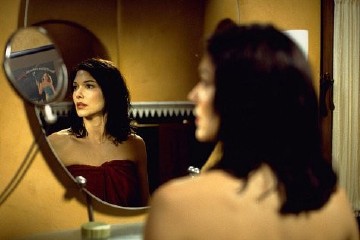
From David Lynch, Mulholland Drive, 2001

From David Lynch, Mulholland
Drive, 2001
Course Description
Everyday life in contemporary society is characterized by a constant flow of images. On billboards, TVs, subways, and buses; in magazines, newspapers, emails, and airport terminals; the fast-paced production of images has revolutionized the way we communicate with and influence one another. At the same time, a well-established tradition of looking at objects and images in museums, galleries, and movie theaters encourages us to slow down the pace of life and to reflect on the meaning and value of images. Occasionally we may even find ourselves gazing at photographs, paintings, buildings, or other people for the simple pleasure of seeing. But rarely do we stand back from our visual experience and ask how this visual culture works and how it affects the way we think and interact with one another.
This
course is an introduction to the interdisciplinary field of visual studies.
The approach is both theoretical and practical.
We look at the various attempts
of writers, artists, and philosophers to describe and explain the nature of
the image, human imagination, and visual experience.
Is seeing shaped by concepts and language or is it independent of them? How
do we understand and make use of the things we see? What tools do we have for
interpreting and talking about the films, photographs, objects, and events
that we see everyday? And how do the various forms of visuality -- our practices
of looking and seeing -- limit or enhance our experience, agency, and visual
pleasure?
Basic theoretical concepts and principles in this course are drawn from critical
art history and theory, media studies, cognitive science, and philosophy. Students
develop the skills necessary to write effectively about the visual world and
to think productively about the creation of images and the meanings that surround
them.